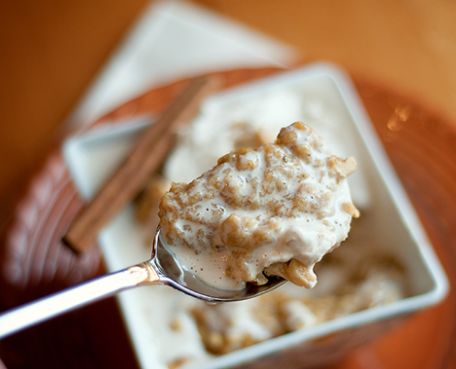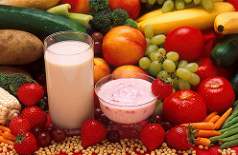Are artificial sweeteners beneficial or harmful to our health?
Are artificial sweeteners really effective in reducing blood sugar levels in diabetics?
If so, at what cost?
What are artificial sweeteners?
Artificial sweeteners offer a sweet taste without any calories. There are different types of sweeteners such as saccharin, acesulfame, aspartame, noetame and sucralose which are approved for consumption by the U.S. Food and Drug Administration (FDA). In order for the approval of these sweeteners in the food supply chain there has been a comprehensive safety assessments and experiments.
In addition, the American Heart Association (AHA) and American Diabetes Association (ADA) also agreed with the use of artificial sweeteners to replace white sugar. The reason behind this is that since sweeteners do not contain any calories they can reduce overweight, obesity and the risk of metabolic syndrome. Metabolic syndrome refer to a group of metabolic disease such as diabetes, cardiovascular, kidney and liver diseases. But, is there a cost?
Effects on health
It is argued that since sweeteners are calorie free these can be a way of calorie and carbohydrate control. It is known that overweight and obesity is mainly caused by high calorie intake from overeating. Therefore, by adding sweeteners to food instead of sugar they help reduce obesity, diabetes and tooth decay.
On the other hand, there is a positive correlation between sweetener consumption and obesity. Till now there isn’t a reason for this but it could be psychologically. A person consuming sweeteners may think “these are diet biscuits so it’s all right to eat as much as I want.” In fact, I encounter this type of thinking frequently in my profession and usually leads the person eating a whole packet of biscuits. This will result in an enormous amount of calories being ingested at one go and therefore contribute to obesity instead the other way round.
Another drawback of sweeteners is that they are much sweeter in taste than white sugar. Therefore, people who use sweeteners on a regular basis may have changes in their taste buds. They may start to find naturally sweet food such as strawberries, sour meaning unpalatable. This may also suggests that sweeteners may have a tendency to be addictive for an individual too.
Sweeteners and health impact
Sweeteners are not metabolized by our body like the other foods we eat. It is known that sweeteners are digested by our intestinal bacteria. Therefore, these may have an effect on our gut health. A study shows that individuals who consumes sweeteners on a daily basis have higher body mass index (BMI), blood pressure and blood glucose levels. In addition, people who did not usually consume sweeteners were given 5 mg/Kg/day which resulted in half of them developing poorer glycemic control meaning high blood glucose levels. This type of research is still in the early stages and further research and studies are required for evidence based data.
One of the sweeteners known as aspartame contains phenylalanine. This is an amino acid which must be avoided by people who suffer from Phenylketonuria (PKU). PKU is a rare condition where the amino acid phenylalanine is unable to be metabolized by the body. When aspartame is one of the ingredients it must be labelled ‘contains aspartame (a source of phenylalanine).’ So, it is important that if you suffer from PKU you check all the food labels properly.
Conclusion
As you can see from the information above sweeteners can be both beneficial and harmful to health. If, you have a normal weight I suggest that you don’t consume sweeteners or food containing sweeteners. On the other hand, if you are trying to lose weight I would suggest the use of sweeteners with caution. In other words, the use of sweeteners should be limited as much as possible. When it comes to food there are always plenty of options to choose from so I suggest to choose wisely. I will end this blog by an answer from an obesity and weight-loss specialist at Harvard-affiliated Boston Children’s Hospital. When he was asked about sweeteners his answer was:
“Sugar-containing foods in their natural form, whole fruit, for example, tend to be highly nutritious—nutrient-dense, high in fiber, and low in glycemic load.
On the other hand, refined, concentrated sugar consumed in large amounts rapidly increases blood glucose and insulin levels, increases triglycerides, inflammatory mediators and oxygen radicals, and with them, the risk for diabetes, cardiovascular disease and other chronic illnesses.”










